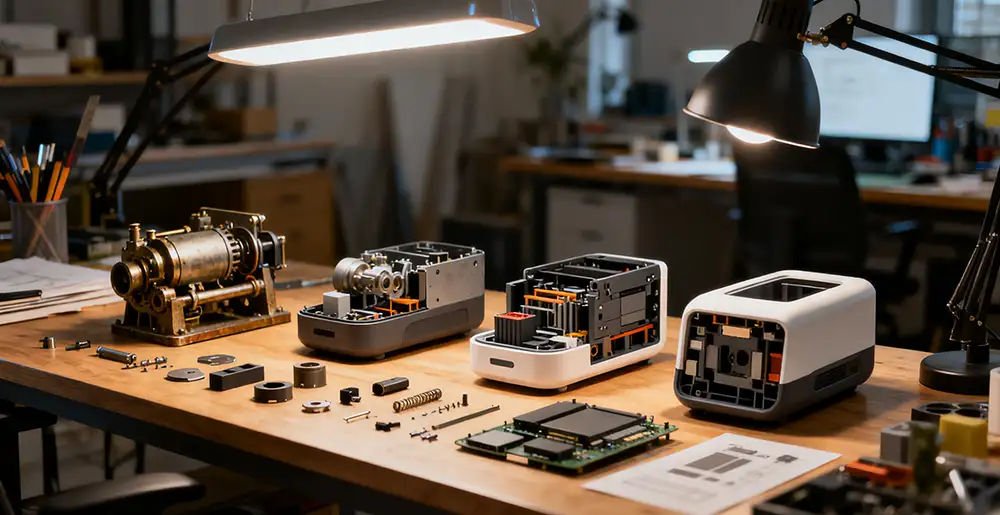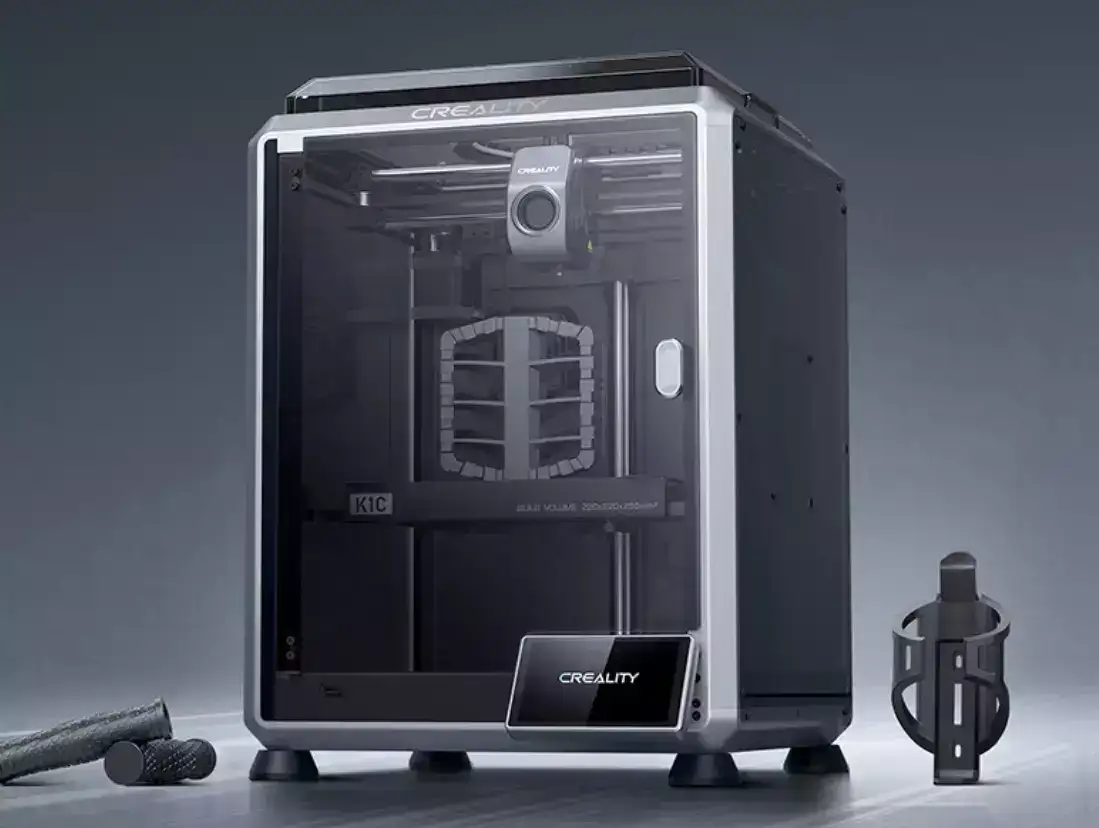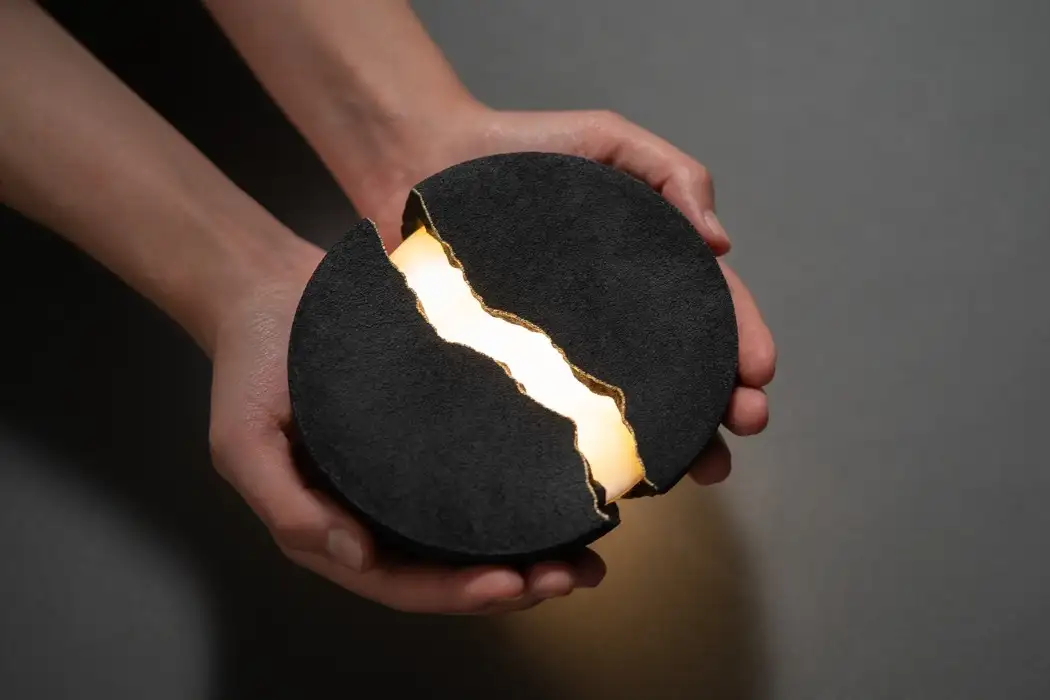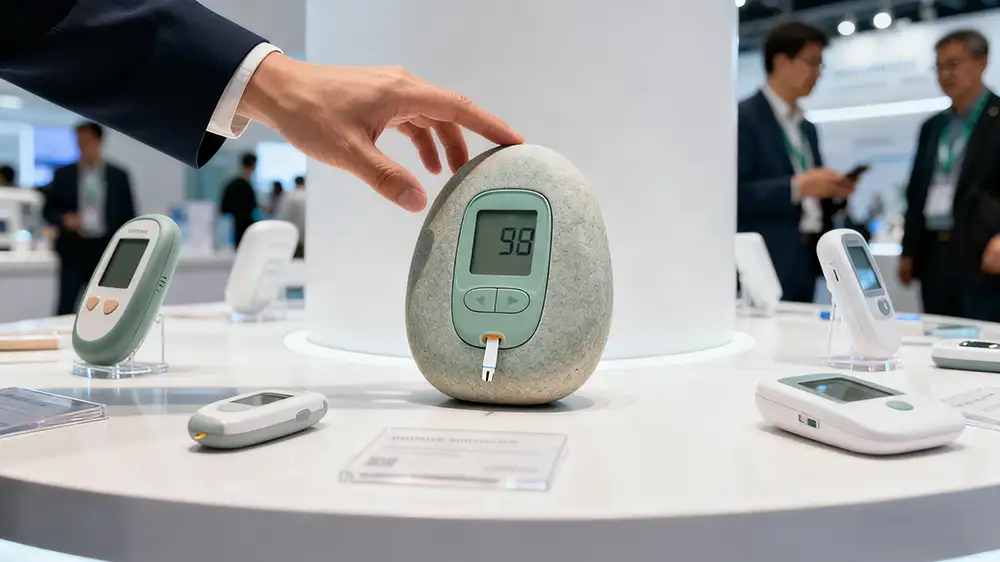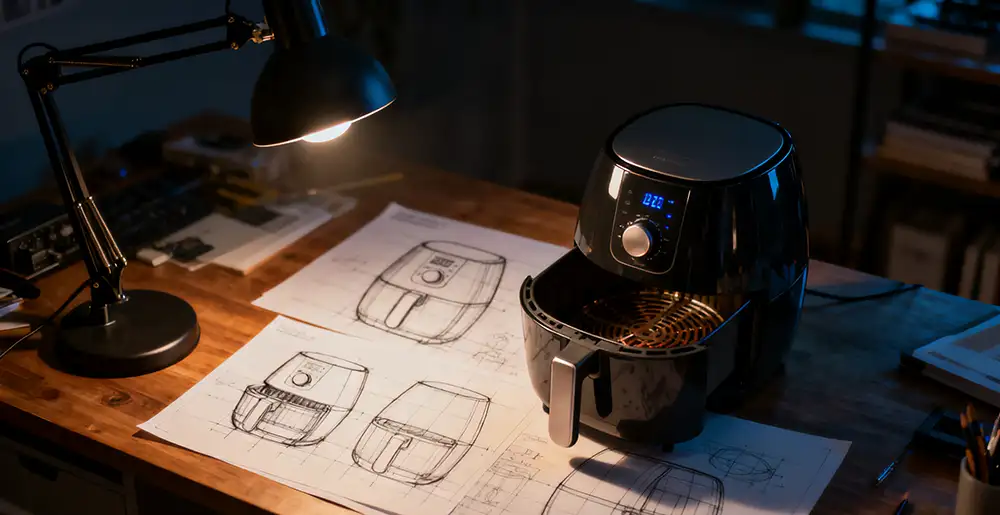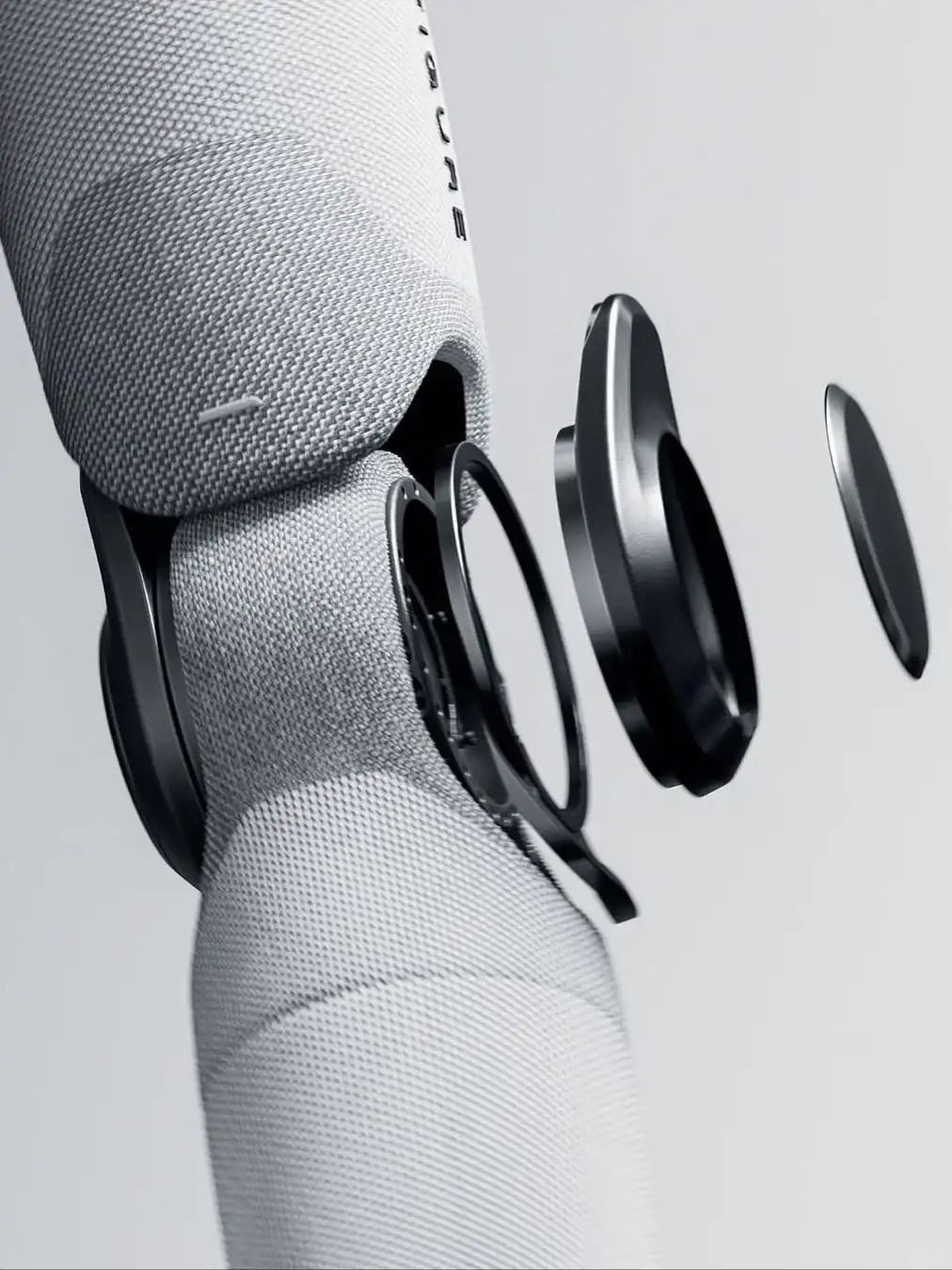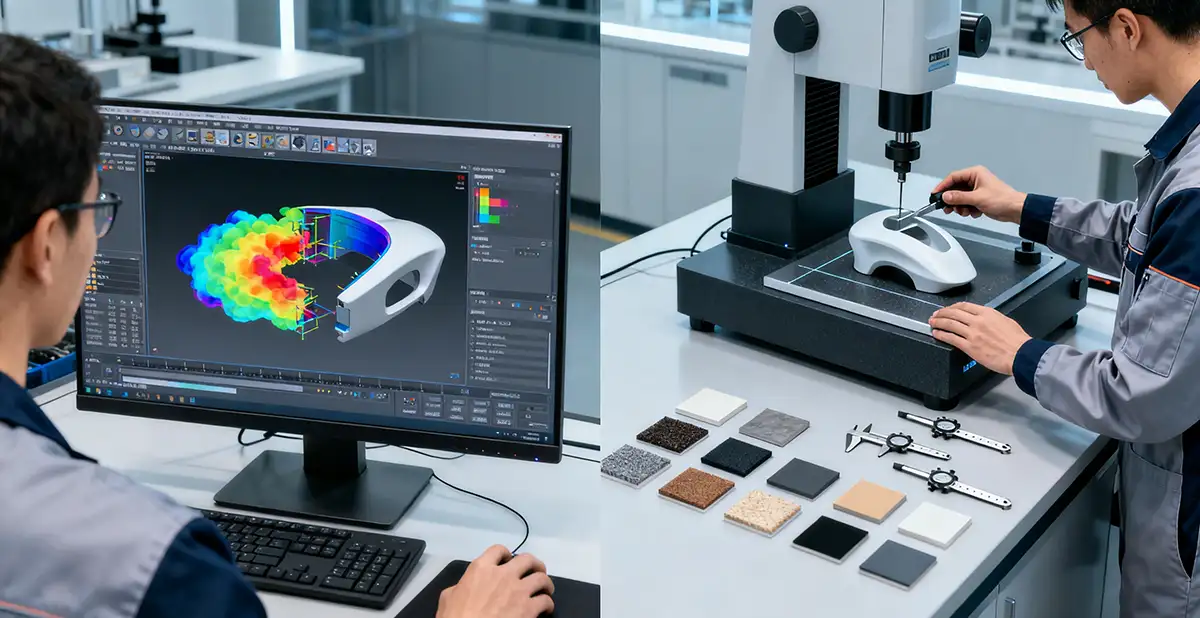九号创新:说到工业设计渲染,咱们都见过那种“一看就是电脑画的”图,塑料感十足,光线假得像道具。来自深圳设计师渲染心得,希望这些随手记下的点对你有帮助。想让图活起来,其实就几点心得:
@NINEIDEA九号创新 www.nineidea.com
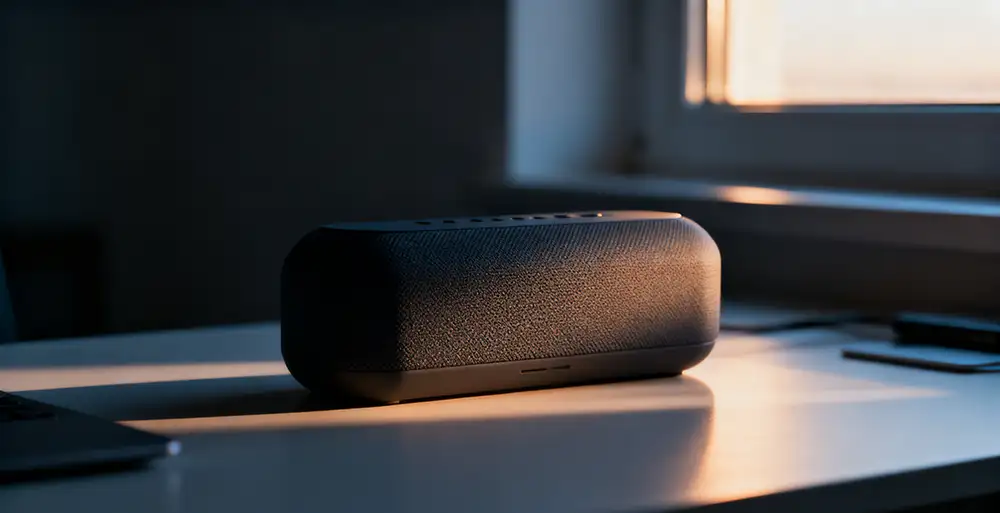
少即是多,光线要懒
别把场景所有灯都打开。试试只留一扇窗,或者一盏台灯。真实世界的光源没那么多,正是那些柔和的阴影和过渡,让物体有了重量和温度。我常找一个阴天氛围的HDRI,稍微旋转到有个漂亮反光的角度,基础光影就成了。
多研究实际的产品质感
多去摸真东西。新款耳机的哑光涂层,行李箱拉杆的磨砂金属,甚至手机壳上那圈防滑胶——手指的触感会告诉你材质该怎么调。粗糙度差0.1,高光面积小一圈,质感马上就上来了。记得有次我调一个金属旋钮,总监看了一眼就说:“这不像CNC切的,像压铸的。”细节骗不了人。
讲个故事,而不是摆个产品
想想这东西谁会用它。是设计师桌面那台沾了点颜料的3D打印机?还是程序员深夜 coding 时手边的咖啡杯?在角落P一点使用痕迹:屏幕上的半枚指纹,边缘细微的磨损。这些“不完美”恰恰是真实感的来源。
最后一步:相信直觉
参数调得差不多时,眯起眼看看。如果感觉某个地方“太干净”、“太完美”,那就对了——给它加点生活的痕迹。有时候关掉两盏辅助光,效果反而更好。渲染到最后,技术都大差不差,拼的就是那点对真实生活的观察。放轻松点,当是在用软件“画”一张静物摄影,反而容易出味道。
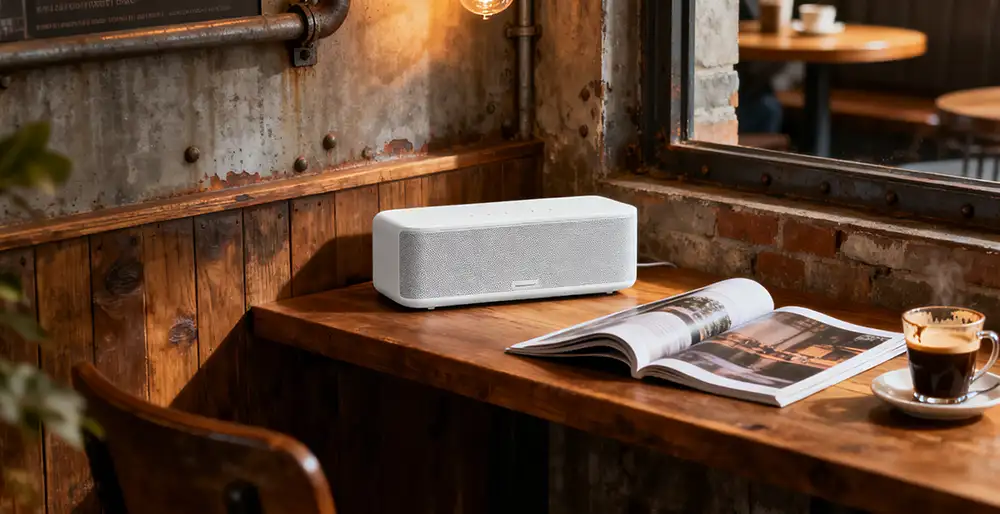
Shenzhen Designer Rendering Experience Sharing
NINEIDEA: When it comes to rendering, we have all seen the kind of drawings that are “computer drawn at a glance”. They have a full sense of plastic and the light is fake like props. I hope these jotted down points are helpful to you. If you want to make Tu live, you can only learn a few things:
Less is more, the light should be lazy
Don’t turn on all the lights in the scene. Try leaving only one window or a desk lamp. There aren’t as many light sources in the real world, it’s the soft shadows and transitions that give objects weight and temperature. I often look for an HDRI with a cloudy atmosphere, rotate it slightly to a beautiful reflective angle, and the basic light and shadow will become.
Conduct more research on the actual texture of products
Touch real things more often. The matte coating on the new headphones, the frosted metal on the luggage handle, and even the anti slip adhesive on the phone case – the touch of your fingers will tell you how to adjust the material. The roughness difference is 0.1, the highlight area is slightly smaller, and the texture is about to improve. I remember once when I adjusted a metal knob, the director glanced at it and said, ‘This doesn’t look like CNC cutting, it looks like die-casting.’. ”Details cannot deceive people.
Tell a story, not a product
Think about who would use this thing. Is it the 3D printer with some paint on the designer’s desktop? Or is it the coffee cup that programmers have at hand while coding late at night? In the corner P, there are some usage traces: half a fingerprint on the screen, with slight wear and tear on the edges. These ‘imperfections’ are precisely the source of realism.
Final step: Trust your intuition
When the parameters are almost set, squint your eyes and take a look. If you feel that a place is “too clean” or “too perfect”, then that’s right – add some traces of life to it. Sometimes turning off two auxiliary lights can actually have a better effect. At the end of the rendering, the technology is almost the same, it’s all about observing real life. Take it easy, when using software to “draw” a still life photograph, it’s actually more likely to have a taste.














